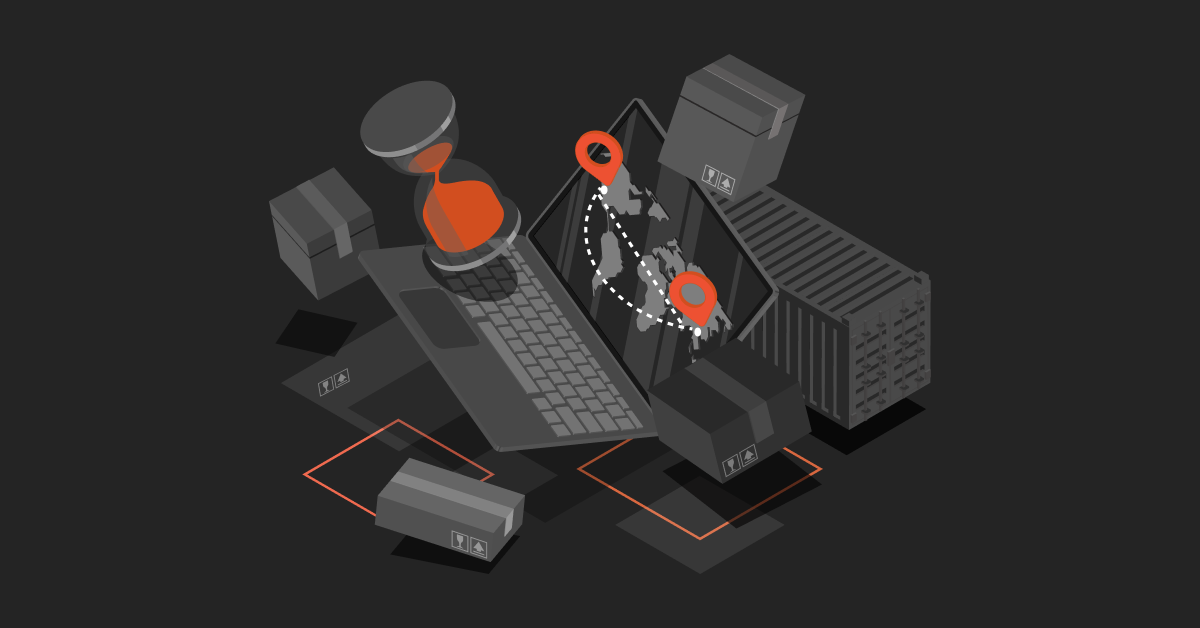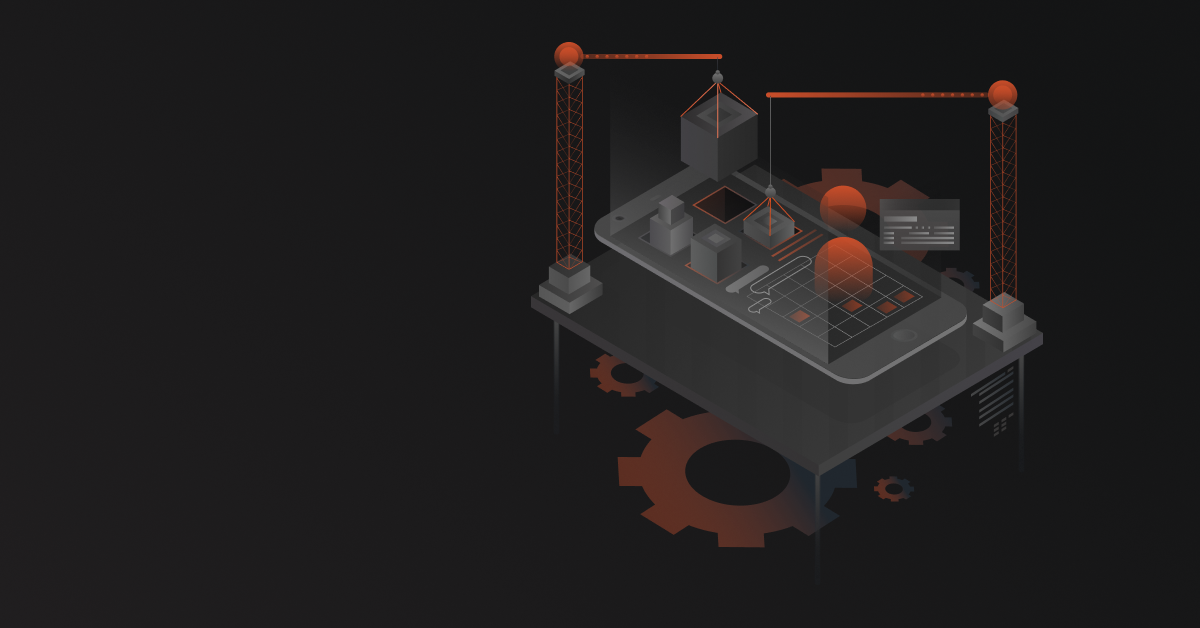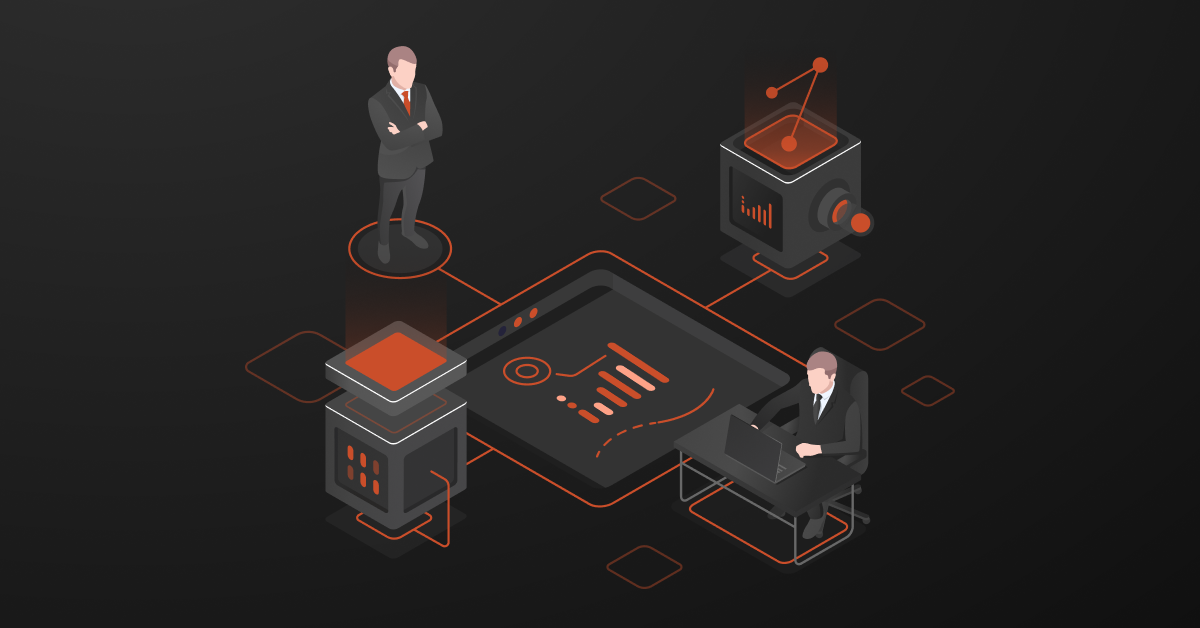Distribution management has become important for operational efficiency and customer satisfaction. Distribution management involves strategic planning and execution to ensure efficient product movement from manufacturer to customer.
This guide explains the key components of distribution management, challenges and what can be expected for the practice in the near future.
Key Components of Distribution Management
Supply Chain Management
Supply chain management is the backbone of distribution management. From raw material collection to the delivery of finished products to its customers, the supply chain involves the coordination of the entire supply chain.
When supply chain management is effectively implemented, it helps businesses reduce costs, increase customer satisfaction, and adapt to business needs.
Key Benefits
- When every stage of the supply chain is optimized, businesses get financial benefits. It reduces the waste and overhead costs are reduced.
- If supply chain management is efficient, it increases customer trust and reliability. Because products are always available when and where customers need them.
- Customer demands change rapidly and if supply chain management is good, businesses can react to them quickly. This makes sure that supply is always meeting customer demands and expectations.
Inventory Management
It is important for businesses to monitor product levels and store products. Distribution centers can get real-time information about their inventory by using an inventory management system.
This helps them avoid overstocking or being out-of-stock. This is vital for maintaining smooth distribution processes and meeting consumer demand.
Key Benefits
- It is maintaining just the right amount of inventory, cutting carrying costs, and preventing stockouts.
- Ensuring that goods are accessible to satisfy customer demand will increase client satisfaction.
- Making sure that the appropriate products are available when they are needed to enable effective distribution.
Distribution Channels
Choosing the best routes and ways to get products to customers is part of managing distribution channels. This includes direct sales, wholesalers, retailers, and channels of distribution with more than one level.
Picking the right channels of distribution is important for getting your products to a lot of people quickly.
Key Benefits
- Choosing the appropriate channels for distribution enables companies to reach a wide range of customers.
- Wider channels make sure that products are delivered via the most efficient routes, cutting expenses and minimizing delays.
- Business sales opportunities increase directly when a variety of distribution channels are used for products. It also increases customer visibility.
Logistics
Logistics refers to the systematic coordination and management of the smooth and effective movement of goods. This encompasses the activities of transporting, storing, and managing the handling of products.
Efficient logistics management reduces expenses and guarantees prompt delivery, which is essential for maintaining a competitive advantage.
Key Benefits
- Warehouse and transportation costs can be easily lowered when logistics management is set up efficiently. This automatically helps to cut down on expenses overall.
- Effective logistics management guarantees timely product delivery. This automatically improves reliability and increases customer satisfaction.
- Businesses can gain an advantage against competitors through faster and more reliable delivery services.
Overcoming Challenges in Distribution Management
Economic Challenges
Economic issues such as changes in fuel prices and labor costs may affect distribution. Businesses need to be aware of these factors and adjust their strategies accordingly.
Various Disruptions
Disruptions such as natural disasters, political conflicts, and poor communication can interrupt the distribution process. To reduce these risks, companies should develop contingency plans and invest in immediate detection tools.
Advanced Demand Planning
Uses advanced analytics and machine learning to accurately predict business needs. This helps regulate product levels, avoid products, and reduce inventory.
Adjusted its demand forecast based on season and historical data to ensure preparation for the season and prevent overstocking during the off-season.
Diversified Supply Chain
Distributors who want to reduce the possibility of depending just on one source of raw materials can build relationships with several suppliers. This guarantees continuity should the dealership experience a power outage.
Consider sourcing from regional suppliers to reduce lead times and shipping costs and address more efficient geolocation.
Technology Integration
Quickly implement cloud-based distribution management capabilities with anytime, anywhere access. This improves coordination across the distribution network.
Uses Internet of Things (IoT) devices and sensors to track inventory and deliver products quickly. This provides accurate and up-to-date information about products and locations.
Effective Logistics Management
Use logistics software to improve delivery methods, reduce shipping costs, and shorten delivery times. Collaborate with other logistics providers to leverage their expertise and infrastructure, especially international pipelines.
Related read: Supply Chain Disruptions And How To Mitigate Them
Enhanced Inventory Control
Implements perpetual inventory management, monitoring inventory levels, and triggering process iterations when necessary. Use JIT inventory to reduce carrying costs and maintain consistency at the product level.
Risk Management and Contingency Planning
Businesses should continuously evaluate risks throughout the supply chain. They should design mitigation strategies to overcome such risks. This includes identifying potential bottlenecks and alternative routes or suppliers.
To minimize interruptions during disasters and other such scenarios, businesses should create business continuity and disaster recovery plans. Businesses should also update them frequently to learn from such incidents and the latest events.
Data-Driven decision making
Businesses can use big data analytics to better understand the distribution process. This helps them identify areas that need improvement. To track the progress and measure the effectiveness of new deployments, they can create key performance indicators (KPIs).
Customer-oriented approach
actively seeks and analyzes customer feedback to identify pain points and improve the customer experience. Use data and CRM tools to deliver better service and increase customer satisfaction.
Regulatory compliance
Product safety, transportation, and environmental regulations must be followed in distribution management. Compliance violations can result in severe penalties and reputational harm.
Keep up with regulations, implement compliance management systems, and audit regularly to overcome this challenge. Training employees on regulations and keeping accurate records are essential.
Actively engaging with regulators and planning for sudden changes can reduce risks. Compliance helps businesses run smoothly, avoid legal issues, and build stakeholder trust, improving efficiency and market access.
Distribution Strategy Development
A comprehensive distribution strategy is essential for businesses that want to deliver products efficiently and cheaply. Effective distribution strategies align the distribution network with business goals, optimize logistics, and use appropriate channels to meet customer needs.
Understand Your Market and Customers
Businesses can do a thorough market analysis. This helps them identify customer needs, preferences, and buying patterns. Some of the factors are demographic, geographic, and psychographic factors that affect how and where customers buy products.
Use purchasing power, location, and buying habits to divide the market. Distribution strategies tailored to customer segments meet diverse needs.
Choose the Right Distribution Channels
Products can be sold directly to consumers. Online stores, company-owned stores, and direct sales teams are part of direct channels. The advantage of direct channels is that they offer more customer control. The only con is that it requires significant infrastructure and marketing investments.
Businesses can also try indirect channels to reach consumers through wholesalers, distributors, and retailers. These channels can increase market reach and simplify distribution logistics, but they may reduce customer experience control.
Multi-channel strategies maximize market coverage by combining direct and indirect channels. Businesses can combine direct and indirect channels. This helps businesses meet consumer demands and increase market stake.
Optimize Logistics and Supply Chain Operations
Place them strategically to reduce shipping costs and delivery times. Warehouse management systems (WMS), inventory control, and layout optimization all help to streamline operations.
The most efficient air, sea, rail, and road modes must be chosen. Cost, speed, and product type should be considered. Locating the most efficient routes with route optimization software can cut transportation costs and speed delivery.
Businesses can use advanced techniques like IoT for real-time tracking of products, automation for increased efficiency, and data analytics for predictive analytics. These technologies improve supply chain visibility and control.
Develop Partnerships and Collaborations
Businesses can partner with Third-party logistics professionals who are experienced and have the best infrastructure. This way you can focus on your core activities. 3PLs give flexibility and manage warehouse, transportation, and distribution.
Work closely with suppliers, distributors, and retailers to improve distribution coordination. Information sharing, lead times, and market responsiveness can improve with collaborative networks.
Leveraging Technology
Technology helps streamline distribution and bridge the gap between small and large businesses. Use inventory management tools like NetSuite to reduce stockouts and improve forecasting.
Analyze sales, customer, and market trends to choose and price products. Integration Solutions like DCKAP Integrator automate data flow and processes by seamlessly connecting ERP and CRM software.
Implement Performance Metrics and Continuous Improvement
Set and track KPIs like delivery times, order accuracy, inventory turnover, and customer satisfaction. These metrics reveal distribution strategy performance and areas for improvement.
Performance data and market feedback should be used to continuously improve the distribution strategy. To stay competitive and adapt to market changes, embrace continuous improvement.
Consider Environmental and Regulatory Factors
Use electric vehicles, optimize delivery routes to reduce carbon emissions, and use sustainable packaging. Sustainable distribution improves brand reputation and meets regulations.
Maintain compliance with regulations and standards in all operating regions. Implement compliance management systems and stay current on regulatory changes to avoid legal penalties and ensure smooth operations.
Recommended read: Disintermediation in the Distribution Industry
The Future of Distribution Management
As technology is evolving rapidly, so are customer needs. New ways of achieving sustainability and recycling are changing the future of supply chain management. Some of the below trends and developments will change distribution management in the future.
1. Technological Advancements
A. Automation and Robotics
Autonomous guided vehicles (AGVs) are specifically designed for moving pallets and boxes along specified routes within warehouse spaces that are traffic-sparse because other such robotic vehicles following similar predetermined paths would not be obstructing their way, thereby bringing flexibility into these areas.
Collaborative mobile robots are very efficient for warehouse operations. Warehouse operations that rely on AGVs for material transport benefit significantly from increased efficiency while cutting down labor costs due to automation.
B. Artificial Intelligence (AI) and Machine Learning
Based on past data, AI and ML will analyze large amounts of data and generate patterns. This will result in more efficient products because it enables demand forecasting.
This helps managers by giving them insights and encouraging them to make effective decisions. This helps with inventory management and improves various business processes.
Also see: The Role of AI in Distribution
C. Internet of Things (IoT)
In a distributed network, to find out the exact location and status of goods, businesses can rely on IoT devices. This gives the distribution center real-time visibility. This improves inventory management and increases customer satisfaction.
The sensor can monitor raw materials and products during transportation to ensure quality and reduce loss.
D. Blockchain Technology
Blockchain technology will provide transparent and immutable information about transactions and movements on the chain. This increases reliability and traceability.
Blockchain automatically executes smart contracts and manages agreements. This will reduce delays and conflicts between parties.
2. Evolving Consumer Expectations
A. Omni-Channel Distribution
Irrespective of whether customers are buying online or in-store, they want a seamless shopping experience. This requires integrated distribution management systems that can handle orders from various sources.
Businesses can start offering them multiple delivery options to meet customer demands. Some of the options are click-and-collect, same-day delivery, pickup from the store, etc., which will increase convenience and speed.
B. Personalization and Customization
When businesses start providing personalized services and end-user preference products, they will become competitive differentiators. This requires advanced customer relationship management and inventory management systems.
3. Sustainability and Resilience
A. Green Logistics
Companies have slowly started adopting eco-friendly practices. Businesses have started using electric vehicles, optimized delivery routes for reducing carbon emissions, and sustainable packing solutions.
To reduce the environmental impact and minimize waste, companies have started recycling and reusing materials. Over time, this will grow and lead to a more circular supply chain.
B. Supply Chain Resilience
Although companies can’t escape unanticipated events like natural disasters, they can prepare for them by establishing a continuous supply chain. To achieve this, companies can split their suppliers and create flexible change.
Businesses will start using technology to monitor risk in real-time. This will help them develop effective strategies to mitigate risk for ongoing operational management.
4. Advanced-Data Analytics
A. Big Data and Analytics
Businesses can learn more about their distribution processes with the help of big data, business intelligence and advanced analytics. This helps them see patterns and make choices based on facts.
When customer data is analyzed, it helps businesses understand customer preferences and their behavior patterns. This gives businesses a chance to be more effective in market demand planning and inventory management.
B. Integrated Business Data
With an increased use of tech solutions by businesses, there is a risk of developing more data silos within organizations. Leading companies have already begun leveraging integration to break these operational silos, and also get their hands on critical, real-time data that can offer great competitive advantages.
The DCKAP Integrator, is one such solution built to help manufacturers and distributors with their integration requirements. The application easily connects multiple tools, ensuring an easy way for businesses to get their systems talking and get information in real-time.
Conclusion
To conclude, effective supply management involves inventory management, logistics, pipelines, and supply chain management. Each element helps products reach customers efficiently and cost-effectively, ensuring customer satisfaction and business profitability.
Businesses must also address market fluctuations, disruptions, and shifting customer needs. Successful businesses use risk management, contingency plans, big data analytics, and a balance between globalization and localization.
By managing product quality, fulfillment, and customer management, a distribution management system (DMS) like DCKAP Integrator can improve operations, reduce costs, and give the company a competitive edge.
Contents




